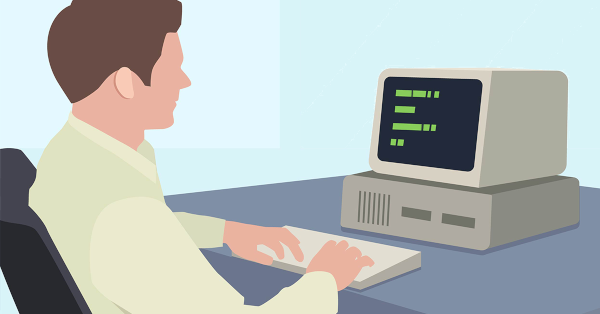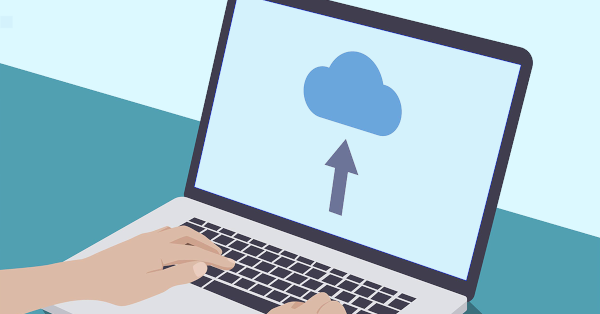
You have likely been using the same applications for some time in your business. While you have been replacing computers and devices regularly to maintain your competitive advantage, the standard software installation have largely remained the same. The programs do the job perfectly and everyone knows how to use them, so what is the point of upgrading?
In some cases, it is completely fine to keep that old legacy program. However, there are some aspects that you should consider:
Support Available
With some software the author has moved on from supporting the program. They may have closed the business, sold it or gone in a different direction completely. Either way, they are no longer interested in helping and supporting the program. Every time you come up against a problem you have nowhere to turn and productivity takes a hit as you try and come up with a workaround. You also run the risk that it could suddenly stop working after a Windows update, start clashing with other essential software or even create large holes in your network security. Even applications from bigger companies like Microsoft have stopped support for older versions. Having support available to both assist and protect your business is a huge advantage.
Hardware Compatibility
Due to the rapid advancement of computer hardware, you may find a simple component refresh leaves your legacy program completely incompatible. The latest CPU, graphics card or motherboard may suddenly brings your entire business to a standstill, purely because it is too advanced. Owners can work around this by keeping some older computers running for that program, but as the hardware fails, you may find yourself struggling to find replacement parts or technicians able to install them.
Security Vulnerabilities
The longer a program has been around, the longer hackers have had to discover its weaknesses and holes. It can be a flaw in the program itself or in the operating system that runs it. For example, the program may only run on Windows XP, but Windows XP is not being supported by Microsoft any more. This mean any new weaknesses in XP are not being fixed by Microsoft leaving you open for attack. This is how hospitals across the UK found themselves infected with ransomware last year – they were running programs with known weaknesses that were out of support.
Sometimes it is not always feasible to replace a program immediately and we can help you run it on a virtual machine. That is, getting the older operating system or program to run from within another program. With this setup you will have increased security, an element of support and a strong backup system while you work to find a replacement program. These solutions are very specialized and resource hungry though, so let us know if you need help.
The other option is to move to a new application that fulfills your requirements, is supported, compatible with new hardware and secure. If you have been running the old program for some time, this may feel quite daunting at first but we can help you out and assist with the migration.
Do you need to talk through your options? Give us a call at 08 8326 4364 or su*****@dp*********.au.

 As we move closer to 2019, it is estimated that over 80% of business traffic will involve some sort of cloud applications. When cloud applications were first released, nobody really understood what the cloud was or how it could help their business, but as the technology improved, so did the secure and flexible solutions available. Some of the most common cloud applications are Microsoft Office 365 and accounting packages such as Xero and Quickbooks.
As we move closer to 2019, it is estimated that over 80% of business traffic will involve some sort of cloud applications. When cloud applications were first released, nobody really understood what the cloud was or how it could help their business, but as the technology improved, so did the secure and flexible solutions available. Some of the most common cloud applications are Microsoft Office 365 and accounting packages such as Xero and Quickbooks.


 New computers are generally quiet, but after a while computers can start making some weird noises. These noises may be simple clicks or clunks but your computer may also sound like a jet aircraft about to take off. But when should you worry? Your computer has a number of moving and non moving parts that can make noises and these noises can tell you a lot about its current health.
New computers are generally quiet, but after a while computers can start making some weird noises. These noises may be simple clicks or clunks but your computer may also sound like a jet aircraft about to take off. But when should you worry? Your computer has a number of moving and non moving parts that can make noises and these noises can tell you a lot about its current health.